SLV Floor lamps
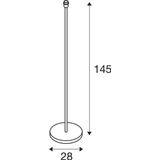

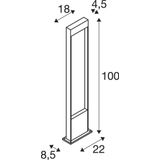
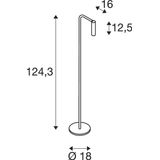
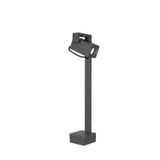
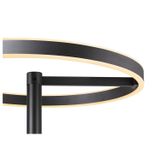

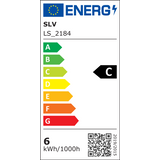
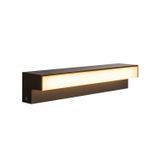
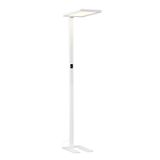
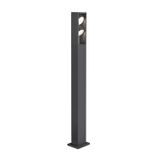
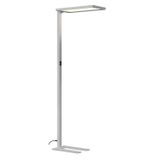

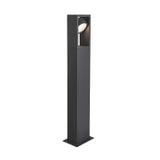
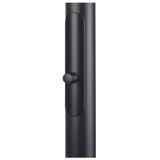

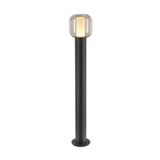

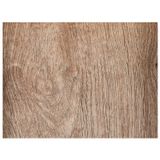
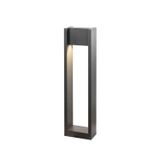
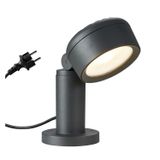
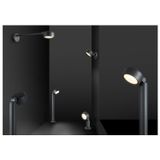


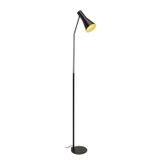
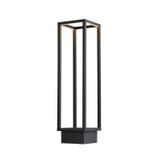
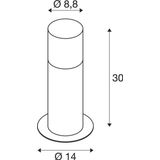
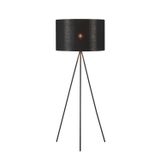
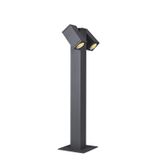
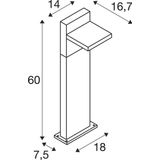
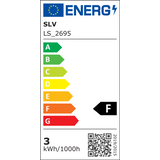
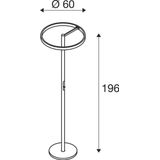

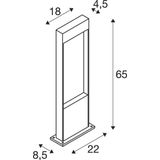
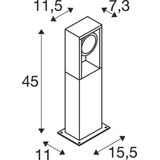
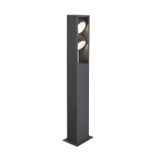

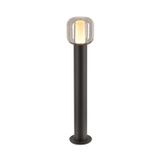
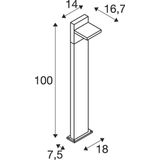
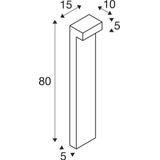

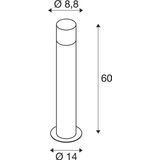
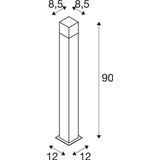

slv floor lamps application zones and photometric roles
SLV floor lamps cover front desks, lounge clusters, guest rooms, and retail consultation points where vertical accents and task pools must coexist without cutting the ceiling grid. Output classes typically land around 600–3 000 lm with controlled beams for reading heads and broad uplight for ambient lift. Standard color packs are 2700/3000/3500/4000 K; use CRI 80 for circulation and CRI 90/95 (R9 > 50 on selected heads) where materials, fabrics, and skin tones matter. Interior variants are IP20 with robust bases for stability in public zones; cable exits are grommeted to protect furniture finishes.
slv modern standing lights typologies and form factors
Families split into three working types. Uplighters fill the ceiling and push gentle verticals on walls; versions with a secondary reading arm add a tight 20–40° beam for print and menus. Column diffusers use opal or micro-prismatic sleeves to deliver a uniform cylinder without pixelation—ideal for lobbies and waiting areas. Articulated task heads bring higher center intensity to desktops and bedside tables, with 3-axis adjustment that stays put after housekeeping. Finish options (white/black/aluminum/bronze) align with SLV ceiling and wall palettes so a room reads as one system.
slv led floor lighting electrical architecture and controls
Electrical input is 220–240 V, 50/60 Hz via in-base driver or inline plug-in PSU. Power factor sits ≥0.90; THD is typically ≤10–15 % on professional drivers. Dimming choices include on-head rotary/touch, 3-step inline, and warm-dim engines (e.g., 3000 → 1800 K) in hospitality lines. Where a controls backbone exists, selected joinery-fed variants accept DALI-2 DT6 via remote gear; otherwise keep phase-cut loads on quiet trailing-edge dimmers. Flicker performance for office-adjacent lounges targets PstLM ≤ 1.0 and SVM ≤ 0.4. Expect L80 35–60k h at Ta 25 °C when Tc clearance is respected; operating window commonly −10…+35 °C for portable units.
slv decorative floor luminaires materials optics and comfort
Diffusers in opal glass, ribbed acrylic, or micro-prismatic PC set the visual tone. For lounge seating, limit surface luminance around 700–1 000 cd/m² at common viewing angles to avoid glare fatigue. Deep-recess reading modules or honeycomb accessories shield the source from seated eyes. Shade-based designs use coated inner liners to keep CCT consistent and reduce sparkle. For hotel schemes, specify touch-safe outer temperatures on metal shades and publish spill-light diagrams so nearby screens are not washed out.
Product range and series overview
Heights cluster around 1.3–1.8 m to clear seated sightlines; base plates are weighted for a low tipping moment in public corridors. Cable lengths are typically 1.8–3.0 m with foot switches placed 0.6–0.8 m from the base for accessible reach. Reading heads pair 5–10 W engines at CRI 90 with narrow-medium beams; ambient columns run 12–30 W nodes at high efficacy. For housekeeping-friendly rooms, specify wipe-clean finishes and threaded shade couplings that survive frequent moves.
Technical specifications and standards
Modules reference EN 62031 with LM-80 source data and TM-21 life projections; the luminaire assembly follows EN/IEC 60598-1 and section -2-4 for portable luminaires. EMC performance aligns with EN 55015/EN 61547; mains quality per EN 61000-3-2/-3-3. Typical ingress is IP20; splash-adjacent positions require IP-rated companions at the wall rather than at the floor unit. Keep 10–15 mm air around in-base drivers, and route cables so strain relief, not the flex, carries mechanical loads.
Applications and compatibility
Reception lounges benefit from column diffusers at 3000 K for calm backgrounds, paired with focused reading arms near consultation tables. Guest rooms prefer warm-dim for evening comfort and a fixed 3000 K option for task clarity. Retail fitting areas use 3500–4000 K, CRI 90+, to keep fabric tones honest under mirrors. When schedules shorthand these as slv standing lamps, confirm height class, base footprint, and switch logic so furniture layouts and cable paths are respected.
Integration with other SLV products
Coordinate floor units with SLV wall sconces and recessed downlights on a single control narrative so scenes remain predictable. Linear accents from ribbon systems can run on the same DALI universe where joinery hosts remote gear. If a package line references slv indoor floor fixtures, align finish RALs across pendants, walls, and floor columns to avoid color drift under mixed 3000–4000 K lighting. For track-heavy spaces, keep portable loads off the dimmer channels used by ceiling gear to prevent low-level shimmer.
Selection criteria for B2B clients
Start from the task: vertical lux target, reading plane lux, and contrast intent. Choose beam type (uplight, column, or task) and CCT/CRI accordingly. Validate stability in public areas by checking base mass and center-of-gravity specs; corridor units should survive incidental bumps without rocking. Confirm plug type, cord color, and exit direction on the furniture drawings; housekeeping clearances and socket positions decide whether a foot switch or on-head control is practical. Where a spec calls up slv tall floor lamps, hold two lumen nodes per floorplate so high- and low-ceiling areas land similar illuminance without deep dimming.
Advantages of working with Bankoflamps
You get individual B2B pricing and a named account manager who maps optics, lumen nodes, dimming method, heights, bases, and finishes to your room data sheets and furniture schedules. The portal shows live EU stock by warehouse; quotes typically return in about an hour with EAN/MPN, photometry, PF/THD, inrush notes (for mains-dimmable SKUs), Tc limits, cable lengths, and accessory codes. Orders go in by manufacturer code with downloadable, always up-to-date price lists and validity windows. We track lead times and order status, provide purchase-history analytics, and extend post-payment up to 30 days for trusted clients. Shipments are consolidated by line and zone to reduce freight and site sorting across France, the Baltics, Germany, Spain, Italy, Belgium, and the Netherlands.